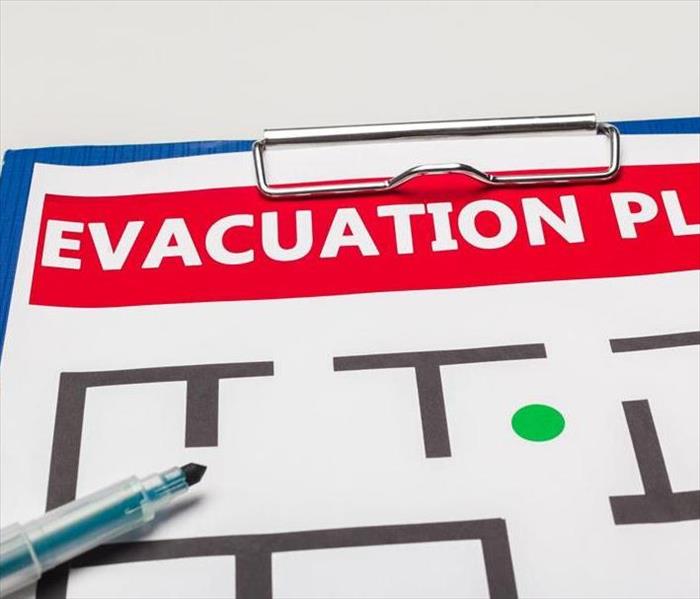How to Prepare for Storms
9/12/2023 (Permalink)
Storms can be unpredictable and have the potential to disrupt our lives and put our safety at risk. That's why it's crucial to have a well-thought-out family emergency plan in place to ensure the safety and well-being of your loved ones. In this blog post, we will discuss the steps to create a comprehensive family emergency plan that can be applied to any storm scenario.
Assess Your Risks
The first step in creating a family emergency plan is to assess the risks specific to your area. Different locations are prone to different types of storms, such as hurricanes, tornadoes, or blizzards. Research the common types of storms that affect your region and consider the potential risks, including flooding, power outages, or evacuation orders. Understanding the risks will help you tailor your emergency plan to address the specific challenges you might face.
Communication Plan
Establishing a communication plan is crucial during storms when power outages or disrupted communication networks can occur. Make sure each family member knows the emergency contacts, including phone numbers of relatives, neighbors, and out-of-state contacts who can serve as a point of contact. Consider creating a group text or using a messaging app to stay connected. Also, determine a meeting place in case you are separated and unable to communicate.
Emergency Supplies
Stocking up on emergency supplies is important before any storm strikes. Create an emergency kit that includes essential items such as non-perishable food, water, flashlights, batteries, a first aid kit, and necessary medications. Keep this kit in a designated, easily accessible area of your home. Additionally, consider having a battery-powered or hand-cranked radio to stay informed about weather updates and any official instructions.
Evacuation Plan
In some situations, evacuation may be necessary. Research the evacuation routes in your area and familiarize yourself with them beforehand. Discuss with your family where you will go if you need to evacuate, whether it's staying with relatives, in a hotel, or at a designated emergency shelter. Plan for transportation and be aware of any evacuation orders or recommendations issued by local authorities.
Home Safety Measures
Prepare your home for storms by taking appropriate safety measures. Trim trees and remove any dead branches or trees that could potentially fall and cause damage. Secure outdoor furniture or objects that could become projectiles in high winds. Consider installing storm shutters or reinforcing windows to protect against strong winds. If you live in a flood-prone area, elevate valuable belongings or consider investing in sandbags to prevent water damage.
Emergency Information and Resources
Stay informed about storm alerts, weather updates, and emergency instructions from local authorities. Sign up for emergency alerts and follow reliable sources of information such as local news channels, weather apps, or the National Weather Service. Familiarize yourself with emergency resources in your area, including shelters, evacuation routes, and disaster assistance programs.
Practice and Review
Once your family emergency plan is in place, it's important to practice and review it regularly. Conduct drills to ensure that everyone knows their roles and is familiar with the plan. Update contact information, emergency supplies, and evacuation routes as needed. Periodically review and discuss your family emergency plan to address any changes in circumstances or new information.
Creating a comprehensive family emergency plan is essential to ensure the safety and well-being of your loved ones during any storm scenario. Assessing the risks, establishing a communication plan, stocking up on emergency supplies, having an evacuation plan, implementing home safety measures, and staying informed are all crucial elements of a well-prepared emergency plan. By following these steps and regularly practicing your plan, you can better protect your family and navigate through storm situations with confidence and resilience.


 24/7 Emergency Service
24/7 Emergency Service
